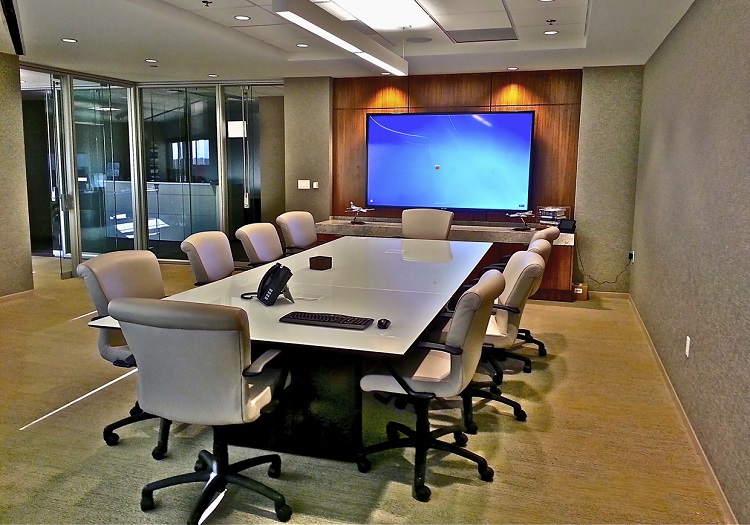Illuminating the Influence of Illumination Conditions on Motion Identification Accuracy and Dependability
Illuminating the Influence of Illumination Conditions on Motion Identification Accuracy and Dependability
Blog Article
Lighting conditions play a significant impact in how well we can perceive movement. Movement detection is a critical aspect of different systems, including security cameras, automated illumination systems, and also certain gaming applications. Understanding how various illumination environments influence our capacity to perceive motion can help improve the development and effectiveness of these systems. For example, poor lighting might lead to overlooked motions or false alerts, while optimal lighting can enhance the accuracy of motion detection technologies.
In well-lit lighting conditions, movement detection is typically more accurate. As there is sufficient light, sensors and cameras can capture sharper images, which assists in identifying dynamic objects. Well-lit conditions allow for better distinction between the dynamic object and the surroundings. This contrast is crucial for both human viewers and automated technologies, as it makes it simpler to differentiate between static and moving elements in a setting. Therefore, ensuring that areas are adequately illuminated can greatly improve the effectiveness of motion detection systems.
On the other hand, low-light environments can pose difficulties for movement detection. In low-light environments, darkness can obscure moving objects, which makes them difficult to perceive. Additionally, the human eye struggles to perceive motion in low light, which can result in misunderstanding of the situation in the surroundings. Cameras might also encounter difficulties, as many do not function well in low light without the use of infrared capabilities or other improvements. These restrictions highlight the importance of sufficient lighting in settings where motion detection is critical.
Additionally, various kinds of lighting can have varying effects on movement detection. For instance, neon lights can flicker, which might mislead motion detection technologies that depend on steady light input. motion detection and object recognition On the other hand, natural provides a consistent form of lighting that understanding motion detection thresholds enhances visibility. Understanding these variations in lighting conditions can assist operators in choosing the most suitable illumination for specific uses, especially in security and surveillance situations.
In conclusion, the relationship between lighting conditions and motion detection precision is important. By making sure that environments are suitably illuminated, we can enhance the reliability of movement detection technologies. This understanding not only benefits tech uses but also enhances safety and safety in multiple environments. As more developments are made in movement detection technology, considering illumination environments will continue to be a crucial factor in optimizing performance and guaranteeing that these systems function effectively in various environments.